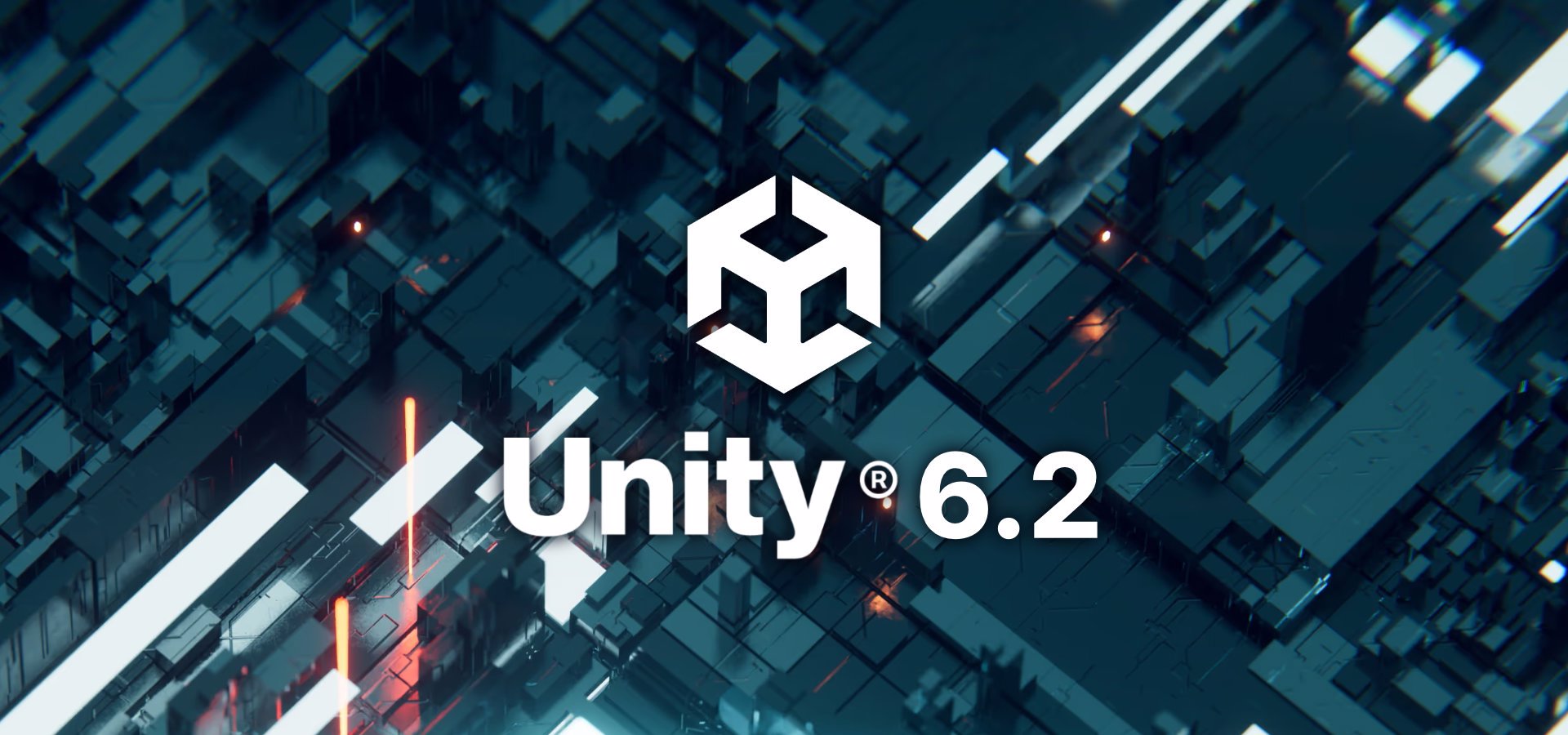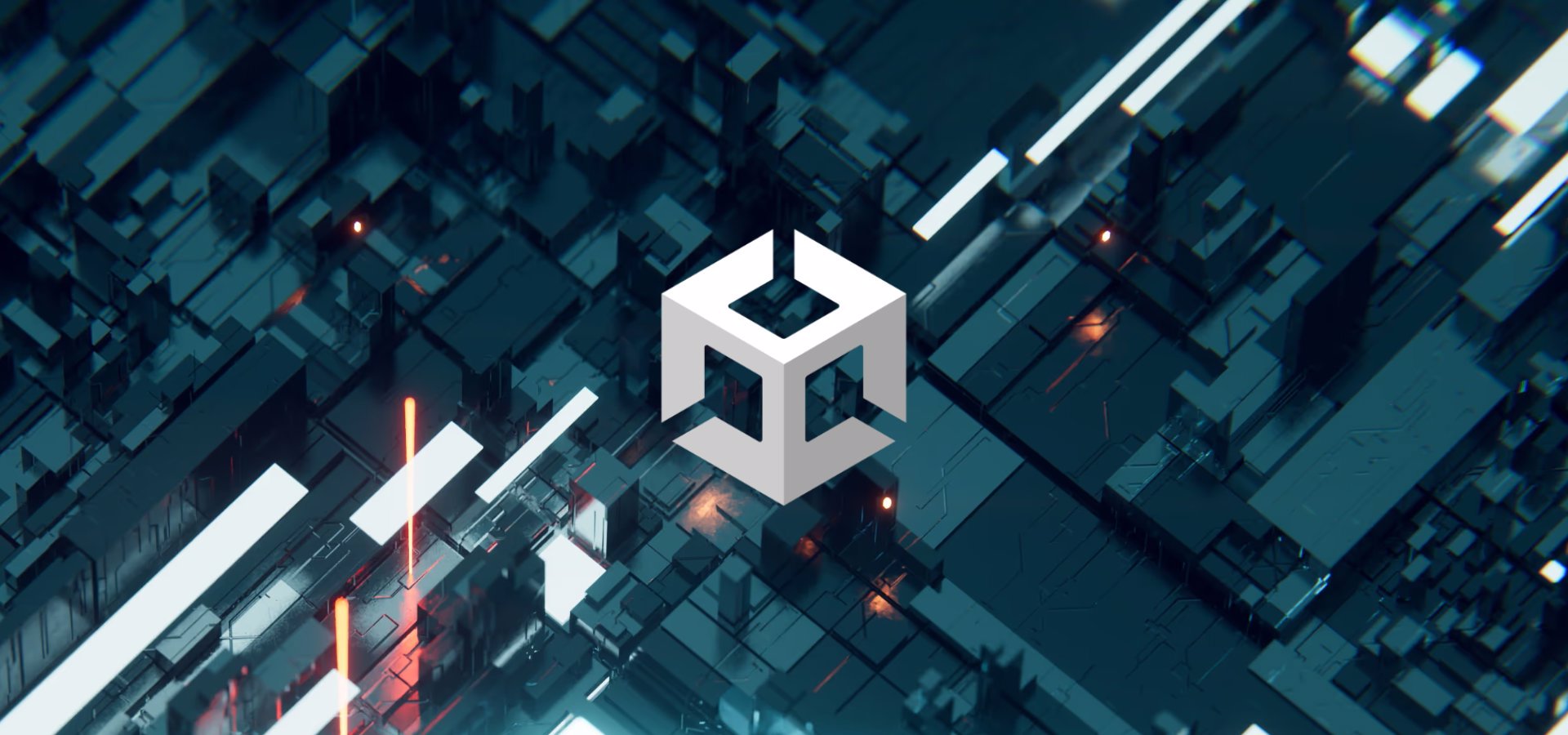Unity Technologies recently announced the release of the preview version of Unity 6 (previously known as 2023.3 Tech Stream), now available for download.
The Unity 6 Preview follows a structure similar to a Tech Stream release, offering developers early access to new and updated features, ideal for projects in the discovery or prototyping stages. However, for production purposes, the Unity team recommends using the Unity 2022 LTS version for greater stability and support.
This release introduces several key features, including:
- Improved rendering performance
- Lighting enhancements
- Richer high-fidelity environments
- VFX Graph Profiling Tools
- Multiplatform and XR improvements
- New multiplayer features
- AI integration
What's new
When it comes to rendering, both the Universal Render Pipeline (URP) and the High Definition Render Pipeline (HDRP) have seen significant performance improvements. These improvements can reduce CPU workload by 30–50%, resulting in smoother, faster rendering across various platforms.
Additional rendering features include the new GPU Resident Drawer, enabling efficient rendering of larger, richer worlds without requiring complex manual optimizations.

Working alongside the GPU Resident Drawer, GPU Occlusion Culling prevents frame overdraw by conserving resources with invisible objects. Moreover, Spatial-Temporal Post-Processing (STP) is designed to upscale frames rendered at lower resolutions without compromising fidelity, ensuring consistent, high-quality content delivery across platforms with varying performance capabilities and screen resolutions.
In HDRP, rendering enhancements have been made for sunset and sunrise scenes, featuring added ozone layer support and atmospheric scattering to complement fog at long distances. Additionally, water rendering has been enhanced with the addition of support for Underwater Volumetric Fog, which samples caustics to create volumetric light shafts.
Lighting improvements in this release include Adaptive Probe Volumes (APV), offering a novel approach to global illumination. They streamline the authoring process and iteration times for Light Probe-lit objects, unlocking new possibilities such as time-of-day scenarios and streaming.
On the VFX front, there have been improvements to tooling and URP support. New VFX Graph profiling tools enable artists to identify optimization opportunities within a graph by providing feedback on memory usage and performance. Unity's Shader Graph now includes new editable keyboard shortcuts and a heatmap color mode to quickly identify the most GPU-intensive nodes.

With Unity 6, you can now run games on the web with browser support for Android and iOS, expanding beyond desktop platforms and enabling browser games to reach a wider audience.
Creating XR experiences has been refined with features such as mixed reality, hand and eye input, and improved visual fidelity. Many of these new features are integrated into Unity's revamped templates for quicker prototyping and development.
The new version provides better multiplayer game creation capabilities and sees the introduction of the Multiplayer Center. It also includes the release of Multiplayer Play Mode for testing multiplayer functionality across separate processes without leaving the Unity Editor. Additionally, it features upgraded Multiplayer Tools, improved Netcode for GameObjects and Entities, and more.

Unity 6 also ships with Unity Sentis, a neural engine for integrating AI models into the runtime. Sentis enables new AI-powered features, such as object recognition, smart NPCs, graphics optimizations, among others.
Pricing
This release marks the latest instance where no runtime fees apply. The Unity runtime fee became a controversial topic upon its announcement back in September 2023. This fee involved charging developers each time the game's runtime was installed, an essential and indispensable component of every Unity game.
Importantly, this fee applied retroactively to titles shipped with any prior engine versions. The announcement sparked significant backlash from the Unity development community, prompting Unity to revise their plans.
Since then, revisions have been made to the pricing structure, and the runtime fee no longer applies to current or previous versions of Unity. The runtime fee only applies to games created with or upgraded to the next Long Term Support (LTS) version of Unity 6, anticipated for release later this year following the current preview stage.
As a quick overview, beginning with Unity 6 LTS, the pricing structure will be as follows:
Unity is free to use until reaching $200,000 USD in revenue in the last 12 months. Beyond this limit, users will need to upgrade to a Unity Pro or Enterprise subscription, currently priced at $185 per month and $450 per month, respectively. Importantly, neither of these conditions will trigger a runtime fee.
If revenue exceeds $1 million USD in the last 12 months, additional conditions apply. These conditions entail charges of 2.5% of a game's monthly gross revenue or the runtime fee based on monthly initial engagements, whichever amount is lower.
To make it easier to predict eventual runtime costs, a runtime fee estimator has been made available on Unity's website.
For the complete list of new features and improvements in Unity 6, make sure to visit Unity's blog post for the Unity 6 Preview.




